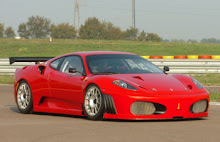When rocks break and slide quickly past each other along large fault lines, earthquakes are formed. The fast movement of these plates causes the ground below to shake which is what happens during an earthquake. This motion occurs roughly 40 miles below the earth's surface, or at the focus.Waves branch out from the focus, which causes tremors miles away. There are three types of surface waves. The primary waves take around twenty minutes to reach there destination. That is called compressional. Transverse are the second form of waves.They move at a slower pace and take twice as long to reach the same place as primary waves. Movement is faster in dense, rigid rock and slower in lighter liquid materials like the atmosphere. Differences in the state of matter from layer to layer affect the behavior of waves. Waves are also influenced by the kind of boundary the plates lie on.
Subscribe to:
Post Comments (Atom)


No comments:
Post a Comment